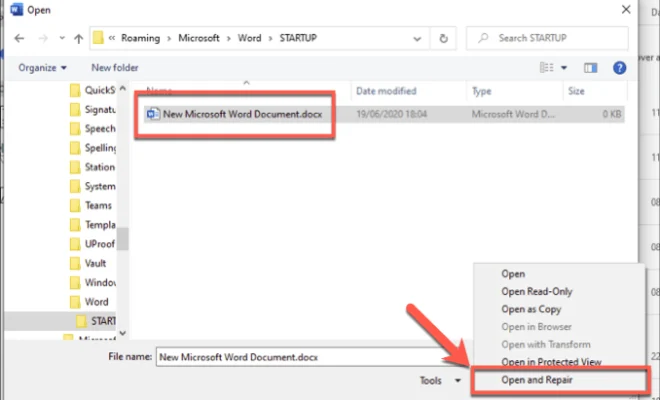4 Ways to Build Stencils

Whether you’re a professional artist, a DIY enthusiast, or simply someone looking to add a touch of personalization to your home, stencils are an incredibly versatile medium that can help you achieve unique designs with precision and ease. In this article, we will explore four different ways to build stencils so you can choose the method that best suits your needs and artistic vision.
1. Hand-drawn and Cut Stencils:
This technique involves drawing your design by hand and then cutting it out using a sharp craft knife or a pair of scissors. This method allows for complete control over the shape and size of the stencil while also providing flexibility in terms of design complexity.
To create a hand-drawn stencil, use a sheet of paper, cardstock, or plastic and draw your design directly onto the material. Next, carefully cut out the design using your chosen cutting tool. Ensure that your cuts are clean and precise to achieve the desired effect when applying paint or another medium through the stencil.
2. Stencil Machines:
Stencil machines are devices specifically designed for creating stencils quickly and accurately, particularly useful for producing large quantities or intricate designs that would be challenging to execute by hand.
To create a stencil with a machine, load the design onto the device from either pre-loaded files or by scanning a physical drawing. Then, choose the preferred material on which to fabricate your stencil – such as adhesive-backed vinyl or Mylar – and let the machine cut out the design effortlessly.
3. Digital Design and Vinyl Cutting:
For those who have access to digital design software (such as Adobe Illustrator) and vinyl cutting machines (like Cricut or Silhouette Cameo), this method allows for remarkable precision when creating stencils.
To begin, create your design digitally using vector graphics software then export it in a compatible format for your vinyl cutter. Next, feed a sheet of your chosen stencil material (usually adhesive-backed vinyl) into the cutter and send the design to be cut. Carefully lift the cut design off the cutting mat, leaving only your stencil behind.
4. 3D Printing Stencils:
If you have access to a 3D printer, you can build stencils with added depth and dimension. 3D printed stencils are perfect for creating textured artwork or for use with more viscous materials such as plaster.
To create a stencil using 3D printing, model your design in a 3D modeling or CAD software, with the desired thickness and shape of the stencil. Then export it as an STL file and send it to your 3D printer for fabrication using a suitable filament material.
In conclusion, there are several ways to build stencils depending on your resources, level of skill, and desired outcome. By exploring different methods, you can discover new avenues for creative expression and incorporate unique stencil designs into your art projects or home décor.

